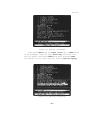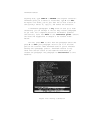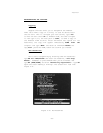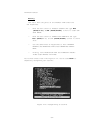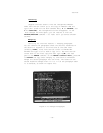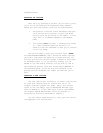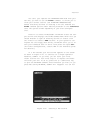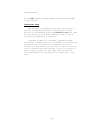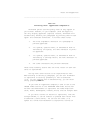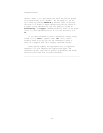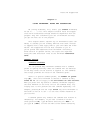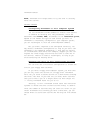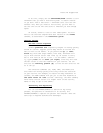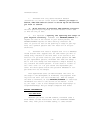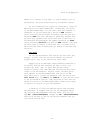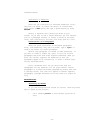Notes and Suggestions
------------------------------------------------------------------
Box 4—1
Printing with ‘Uppercase Computers’
ThinkTank prints outlines pretty much as they appear on
your screen. However, if your computer (like the Apple II)
can only display uppercase (capital) letters, ThinkTank will
automatically enhance your paragraphs by printing them in both
upper— and lowercase characters. It follows these rules:
1. The first alphabetic character of a paragraph is
printed uppercase.
2. If a period, question mark, or exclamation mark is
followed by two spaces, the next character is print-
ed uppercase.
3. If a period, question mark, or exclamation mark is
followed by a carriage return, the next character is
printed uppercase.
4. All other characters are printed lowercase.
These rules normally assure that the first letter of each sen-
tence is capitalized.
You may want other letters to be capitalized as well.
When entering or editing a paragraph, you can tell ThinkTank
to capitalize a letter by preceding it with a backslash
(“\“). If your computer has no backslash key, you can enter
one by pressing CTRL—Y.
If you have an “uppercase computer,” take a look at the
LESSON PLANS outline on the THINKTANK DATA DISK. Notice how
we have used backslashes to capitalize the names Alpha Cen—
tauri, Homer, Shakespeare, Dickens, Blurf, and the Tonight Show.
If you have a series of letters to capitalize, like the
acronym UNICEF, it can be tedious to precede each letter with
a backslash (\U\N\I\C\E\F). You can use the caret (“^“)
symbol as a shift—lock mechanism to capitalize a series of
—69—



